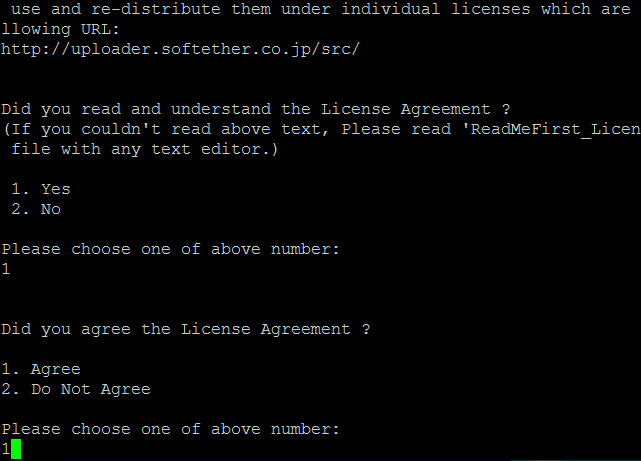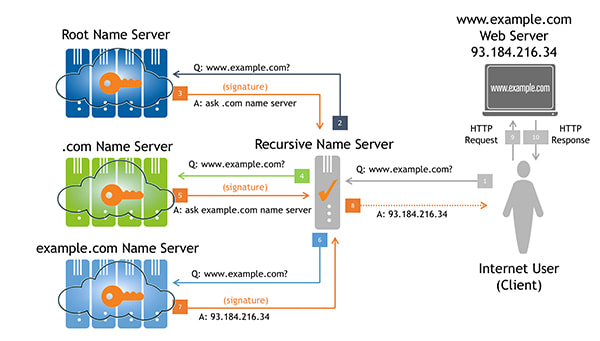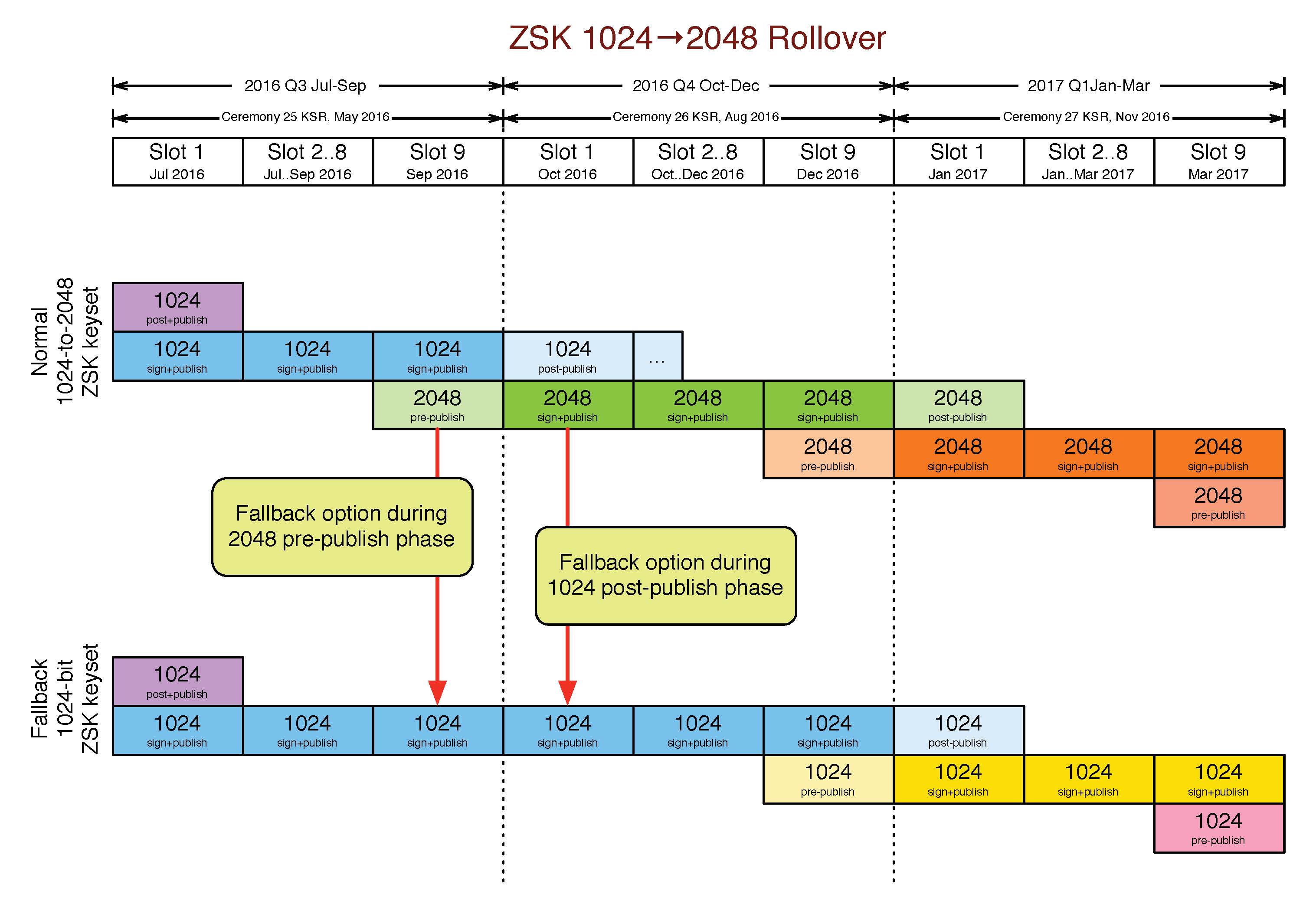Introduction
This article explains how to install and configure a multi-protocol
VPN server using the SoftEther package. We enable and configure OpenVPN
and L2TP over IPSec and SSTP VPN Servers on Linux.
What is SoftEther
SoftEther VPN is one of the world's most powerful and easy-to-use
multi-protocol VPN software, made by the good folks at the University of
Tsukuba, Japan. It runs on Windows, Linux, Mac, FreeBSD and Solaris and
is freeware and open-source. You can use SoftEther for any personal or
commercial use free of charge.
Step 1: Create a Virtual Server
First, you need to create a DigitalOcean Droplet. As mentioned in
SoftEther's website, SoftEther will work on almost every Linux distro
with kernel v2.4 or above,; however it's recommended to choose one of
these distributions: CentOS, Fedora, or Red Hat Enterprise Linux.
Personally I have tried it on Ubuntu, CentOS and Fedora, both 32 and 64 bit editions, and it has worked perfectly.
Step 2: Update your Server Software
Using the command below, update and upgrade your server software packages to the latest version:
Debian / Ubuntu:
apt-get update && apt-get upgrade
CentOS / Fedora:
yum upgrade
Step 3: Download SoftEther
You can download the latest SoftEther server package for Linux from their website:
Download SoftEther
Unfortunately, there is no way of getting the latest version through
package managers (or even using a single url) at the moment. Therefore
you have to browse their website using a desktop browser to download the
package. There are a couple of ways of dealing with this: First, browse
their website on your own computer and then depending on your server
configuration (OS, x86/x64, etc.) find the link to the appropriate
package then use
wget to download the package to your server. Alternatively, you can use a terminal based web browser such as
lynx to browse the SoftEther website and download the right package.
Here's how to do it using lynx:
First install lynx on your server:
Debian / Ubuntu:
apt-get install lynx -y
CentOS / Fedora:
yum install lynx -y
Now using the command below browse the SoftEther download webpage:
lynx http://www.softether-download.com/files/softether/

This page contains all versions of the SoftEther available. Choose
which version you want (in this tutorial we use
v2.00-9387-rtm-2013.09.16) and then press Enter to go to the link. Now
choose
Linux and in the next page choose
SoftEther VPN Server. Depending on your server hardware architecture, choose a package; the
32bit - Intel x86 and
64bit - Intel x64 or AMD64
work for DigitalOcean 32bit or 64bit droplets. Finally download the tar
file from the next page by pressing the "D" key on the link, and choose
"Save to disk" when asked by Lynx. After the file is saved, we can
press "Q" to quit Lynx and move on with the installation.
Now we have to extract the package we received from the SoftEther
download page and compile it. The package used in this tutorial is named
softether-vpnserver-v2.00-9387-rtm-2013.09.16-linux-x86-32bit.tar.gz so we will extract it using the command below:
tar xzvf softether-vpnserver-v2.00-9387-rtm-2013.09.16-linux-x86-32bit.tar.gz
After extracting it, a directory named
vpnserver
will be created in the working folder. In order to compile SoftEther,
the following tools and packages must be installed on your server:
make,
gccbinutils (gcc),
libc (glibc),
zlib,
openssl,
readline, and
ncurses
Make sure these are installed. You can install all the packages necessary to build SoftEther using the command below:
Debian / Ubuntu:
apt-get install build-essential -y
CentOS / Fedora:
yum groupinstall "Development Tools"
Note: On Fedora, I have found that the
gcc package doesn't get installed using the command above so you have to install it manually using
yum install gcc.
Now that we have all the necessary packages installed, we can compile SoftEther using the following command:
First "cd" into
vpnserver directory:
cd vpnserver
And now run "make" to compile SoftEther into an executable file:
make

SoftEther will ask you to read and agree with its License Agreement. Select
1 to read the agreement, again to confirm read, and finally to agree to the License Agreement.
SoftEther is now compiled and made into executable files (vpnserver
and vpncmd). If the process fails, check if you have all of the
requirement packages installed.
Now that SoftEther is compiled we can move the
vpnserver directory to someplace else, here we move it to
usr/local:
cd ..
mv vpnserver /usr/local
cd /usr/local/vpnserver/
And then change the files permission in order to protect them:
chmod 600 *
chmod 700 vpnserver
chmod 700 vpncmd
If you like SoftEther to start as a service on startup create a file named
vpnserver in
/etc/init.d directory and change it to the following:
First create and open the file using
vi or
nano:
vi /etc/init.d/vpnserver
And paste the following into the file:
#!/bin/sh
# chkconfig: 2345 99 01
# description: SoftEther VPN Server
DAEMON=/usr/local/vpnserver/vpnserver
LOCK=/var/lock/subsys/vpnserver
test -x $DAEMON || exit 0
case "$1" in
start)
$DAEMON start
touch $LOCK
;;
stop)
$DAEMON stop
rm $LOCK
;;
restart)
$DAEMON stop
sleep 3
$DAEMON start
;;
*)
echo "Usage: $0 {start|stop|restart}"
exit 1
esac
exit 0
Finally save and close the file by pressing
esc and typing
:wq to close vim.
We have to make a directory at
/var/lock/subsys if one does not exist:
mkdir /var/lock/subsys
Now change the permission for the startup script and start
vpnserver using command below:
chmod 755 /etc/init.d/vpnserver && /etc/init.d/vpnserver start
Use the command below make it to run at startup:
Debian / Ubuntu:
update-rc.d vpnserver defaults
CentOS / Fedora:
chkconfig --add vpnserver
SoftEther VPN Server is now installed and configured to run at startup. Finally, we have to check if the VPN server is working:
cd /usr/local/vpnserver
./vpncmd
Now press
3 to choose
Use of VPN Tools and then type:
check
If all of the checks pass, then your server is ready to be a
SoftEther VPN server and you can move on to the next step. Type "exit"
to exit
VPN Tools.
There are two ways to configure SoftEther VPN server: you can use the
Windows based server manager to manage and configure any number of
SoftEther VPN servers from remotely; or use the built-in
vpncmd tool to configure your servers.
You can download SoftEther Server Manager for Windows using their
website and do the configuration using the GUI that it provides, which
is a preferable way if you are a Windows user.
Here we use
vpncmd to configure our VPN server.
Step 5: Change Admin Password
Now that you have SoftEther VPN server installed, you have to assign
an administrator password in order to use with SoftEther. You can do
this using
vpncmd which is SoftEther's command line based administration tool:
./vpncmd
Press
1 to select "Management of VPN Server or VPN
Bridge", then press Enter without typing anything to connect to the
localhost server, and again press Enter without inputting anything to
connect to server by server admin mode.
Then use command below to change admin password:
ServerPasswordSet
Step 6: Create A Virtual Hub
To use SoftEther we must first create a Virtual Hub. Here as an example we create a hub named
VPN, in order to do that enter command below in the
vpncmd tool:
HubCreate VPN
Next you will be asked to enter an administrator password for the
hub. This password will be used whenever you are not logged in as
server admin mode, and you want to manage that specific hub.
Now select the Virtual Hub you created using this command:
Hub VPN
Step 7: Enable SecureNAT
There are two ways of connecting your hubs to the server network:
using a Local Bridge connection or using the SecureNAT function.
You can use each one separately, but using these two together will cause problems.
Here we use SecureNAT, which is very easy to setup and works pretty
well in most situations. You could also use Local Bridge, but then you
have to install and configure a DHCP Server too.
SecureNAT is a combination of Virtual NAT and DHCP Server function. You can enable SecureNAT using the command below:
SecureNatEnable
Step 8: Create and Manage Users
Now we have to create users for our Virtual Hub to use the VPN. We can create users for our Virtual Hub using the command
UserCreate and view the list of current users by
UserList.
Users can be added to groups and can even have different types of
authentication modes (including: Password, Certificate, RADIUS, NTLM,
etc.).
By using command
UserCreate we create a user named "test":
UserCreate test
The default type of authentication is Password but we can change it to a different type using commands below:
UserNTLMSet for NT Domain Authentication
UserPasswordSet for Password Authentication
UserAnonymousSet for Anonymous Authentication
UserRadiusSet for RADIUS Authentication
UserCertSet for Individual Certificate Authentication
UserSignedSet for Signed Certificate Authentication
In this tutorial we use Password as the user authentication mode for our
test user, so using this command set a password for user
test:
UserPasswordSet test
Step 9: Setup L2TP/IPSec
To enable L2TP/IPsec VPN server you can use the command below:
IPsecEnable
After entering this command, you will be asked to configure the L2TP server functions:
Enable L2TP over IPsec Server Function: Choose
yes
to enable L2TP VPN over IPSec with pre-shared key encryption. Now you
can make VPN connections to this server using iPhone, Android, Windows,
and Mac OS X devices.
Enable Raw L2TP Server Function: This will enable L2TP VPN for clients with no IPSec encryption.
Enable EtherIP / L2TPv3 over IPsec Server Function: Routers which are compatible with EtherIP / L2TPv3 over IPsec can connect to this server by enabling this function.
Pre Shared Key for IPsec: Enter a pre-shared key to use with L2TP VPN.
Default Virtual HUB in a case of omitting the HUB on the Username: Users must specify the Virtual Hub they are trying to connect to by using
Username@TargetHubName
as their username when connecting. This option specifies which Virtual
Hub to be used if the user does not provide such information. In our
case enter
VPN.
Step 10: Setup SSTP/OpenVPN
The SoftEther can clone the functions of Microsoft SSTP VPN Server
and OpenVPN Server. But before we enable these we have to generate a
self-signed SSL certificate for our server. You can use openssl or
SoftEther's own command to generate a SSL certificate.
Here we use SoftEther's
ServerCertRegenerate command
to generate and register a self-signed SSL certificate for our server.
The argument passed to command is CN (Common Name), and must be set to
your host name (FQDN) or IP address:
ServerCertRegenerate [CN]
Note 1: SoftEther also comes with a built-in
Dynamic DNS
function, which can assign a unique and permanent hostname for your
server. You can use the hostname assigned by this function for creating a
SSL Certificate and connecting to your server.
Note 2: If you already have a SSL certificate or you have created one using
openssl, it can be added to the server using the command
ServerCertSet.
Now that we have created the certificate, we have to download the
certificate to our clients and add them as trusted. Using the command
below, we save the server certificate into a file named
cert.cer:
ServerCertGet ~/cert.cer
Now you can download the certificate to your client using FileZilla or any other SFTP Client.
To make the certificate trusted in Windows, you have to install it in the
Trusted Root Certification Authorities store. Here's an article explaining how (read the
To install a certificate chain part):
Installing a Certificate Chain
Now that we have created and registered a SSL Certificate for our server, we can enable SSTP function with this command:
SstpEnable yes
And to enable OpenVPN:
OpenVpnEnable yes /PORTS:1194
Note: OpenVPN's default port is 1194, but you can change it to any port you want by changing the
/PORTS:1194 part of the command above to your desired port or ports (yes it supports multiple ports).
After you enabled OpenVPN, you can download a sample configuration
file for OpenVPN client. Here we create a sample OpenVPN configuration
file and save it to
myopenvpnconfig.zip:
OpenVpnMakeConfig ~/my_openvpn_config.zip
Then you can download it using any SFTP client such as FileZilla and apply it to your OpenVPN clients.
SoftEther also provides a dedicated VPN Client software for both
Windows and Linux. It supports a SoftEther specific protocol called
Ethernet over HTTPS or
SSL-VPN
which is very powerful. It uses HTTPS protocol and port 443 in order to
establish a VPN tunnel, and because this port is well-known, almost all
firewalls, proxy servers and NATs can pass the packet. In order to use
SSL-VPN protocol, you must download and install SoftEther VPN Client,
which can be obtained from their website.
Step 11: Connecting to SoftEther VPN Server (Client Configuration)
Since SoftEther is a multi-protocol VPN server, there are many ways
to connect to it as a client. You can choose any protocol to establish a
secure connection to your server, including L2TP, SSTP, OpenVPN and an
exclusive to SoftEther protocol named SSL-VPN.
Depending on the client operating system and configurations, you
could use any of the mentioned protocols. However, I prefer to use
SSL-VPN since it's both secure and fast, and also as mentioned before
since it uses a common and well-known port (443 or https-port), it can
penetrate most of the firewalls.
Here we use SoftEther's own VPN client software to connect to our server:
First download the SoftEther VPN Client for Linux from SoftEther's website. We can download it using a
lynx browser. Enter this command to open SoftEther's download page:
lynx http://www.softether-download.com/files/softether/
Then just as you did when downloading the Server software, select the latest version (Here we used
v2.00-9387-rtm-2013.09.16). Now choose
Linux and in the next page choose
SoftEther VPN Client. Now depending on your system's hardware architecture, choose a package (The
32bit - Intel x86 and
64bit - Intel x64 or AMD64
works for DigitalOcean 32bit or 64bit droplets). Finally download the
tar file from the next page by pressing the "D" key on the link, and
choose
Save to disk when asked by Lynx. After the file is saved, press "Q" to quit Lynx.
Extract the tar file you just downloaded using this command:
tar xzvf softether-vpnclient-v2.00-9387-rtm-2013.09.16-linux-x86-32bit.tar.gz
Note: Change
softether-vpnclient-v2.00-9387-rtm-2013.09.16-linux-x86-32bit.tar.gz to your downloaded file's name.
Now just as we did with the server, we have to compile and make
vpnclient an executable file by running these commands (make sure you
have the development tools mentioned in
Step 4 installed on client):
cd vpnclient
make
Enter
1 three times when asked to read and accept
the License Agreement, and then move the files to another directory and
change permissions:
cd ..
mv vpnclient /usr/local
cd /usr/local/vpnclient/
chmod 600 *
chmod 700 vpnclient
chmod 700 vpncmd
Then start the VPN client service using this command:
./vpnclient start
To configure our client, we're going to use
vpncmd. While you're in the
vpnclient directory enter this command to run
vpncmd tool:
./vpncmd
Choose
2 to enter
Management of VPN Client mode, and then press enter to connect to and manage the local VPN client you just installed.
SoftEther uses Virtual Adapters to establish a connection to our VPN server, using this command create a Virtual Adapter named
myadapter:
NicCreate myadapter
Now using this command, create a new VPN connection named
myconnection:
AccountCreate myconnection
Then enter your SoftEther VPN server's IP and Port number. The port
number could be any port that you have set as listening on your server.
By default, SoftEther listens on these four ports: 443, 992, 1194, 5555.
Here as an example where we use port 443:
Destination VPN Server Host Name and Port Number: [VPN Server IP Address]:443
Note: Instead of an IP Address, you could also enter you server's fully qualified domain name (FQDN).
Now enter the name of the Virtual Hub you're trying to connect to on your server. In our case it is named
VPN:
Destination Virtual Hub Name: VPN
Then enter the username of a user you created in your server. We created a user called
test:
Connecting User Name: test
And finally enter the name of the Virtual Hub you just created:
Used Virtual Network Adapter Name: myadapter
Now our VPN connection has been created and it's ready to be connected. One last step is to change the Authentication mode to
Password since that's how we configured our user's authentication mode in the server:
AccountPasswordSet myconnection
When asked for, enter
standard as password authentication method:
Specify standard or radius: standard
Finally we can connect our connection-- use this command to do that:
AccountConnect myconnection
You can see the connection status using this command:
AccountStatusGet myconnection
Note: In order to make your connection to the server
more secure and prevent man-in-the-middle attacks, it's best to use a
SSL certificate to identify your server. This can be done easily using
SoftEther. To do that, first you must download the cert file to your
client as explained in
Step 10 and then using
CertAdd add it to your client's trusted certificates. Then, using command
AccountServerCertEnable enable certificate verification for your VPN connection.
Finishing Up
In this article, we went through the process of setting up a SoftEther VPN Server using
vpncmd which is a command line administration utility provided by SoftEther. All the things done here could also be done using
SoftEther Server Manager for Windows,
and it's even easier to setup a SoftEther VPN Server using that tool.
So I recommended you to use it if you have a Windows machine.
That's it. We have successfully installed and configured a
multi-protocol VPN server using SoftEther. Now clients can connect to
our server using L2TP, IPSec, SSTP, OpenVPN, etc.



